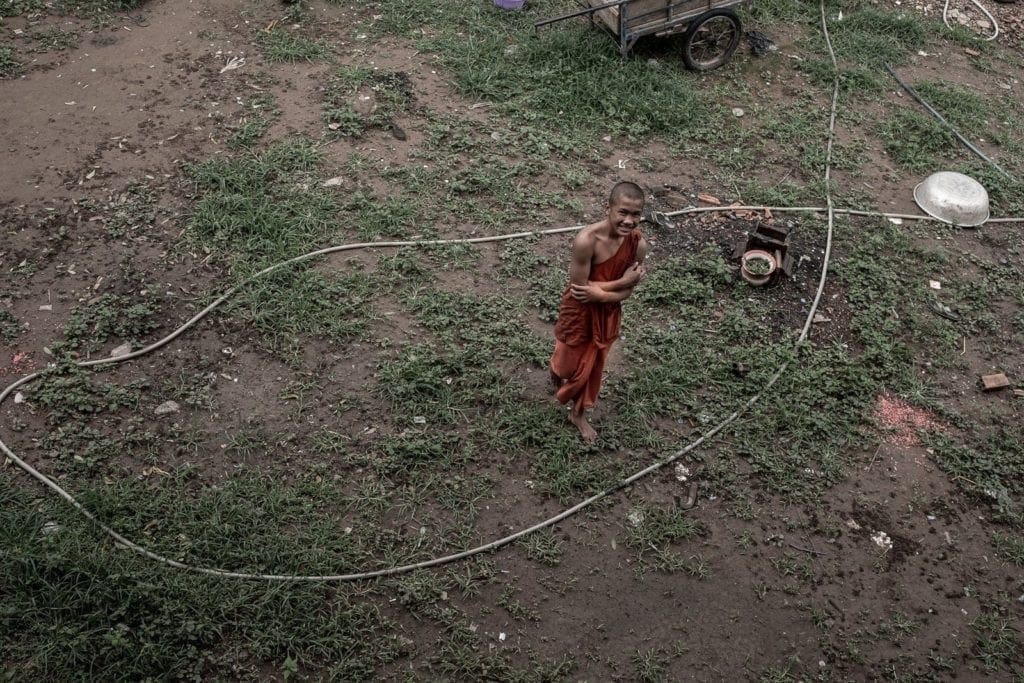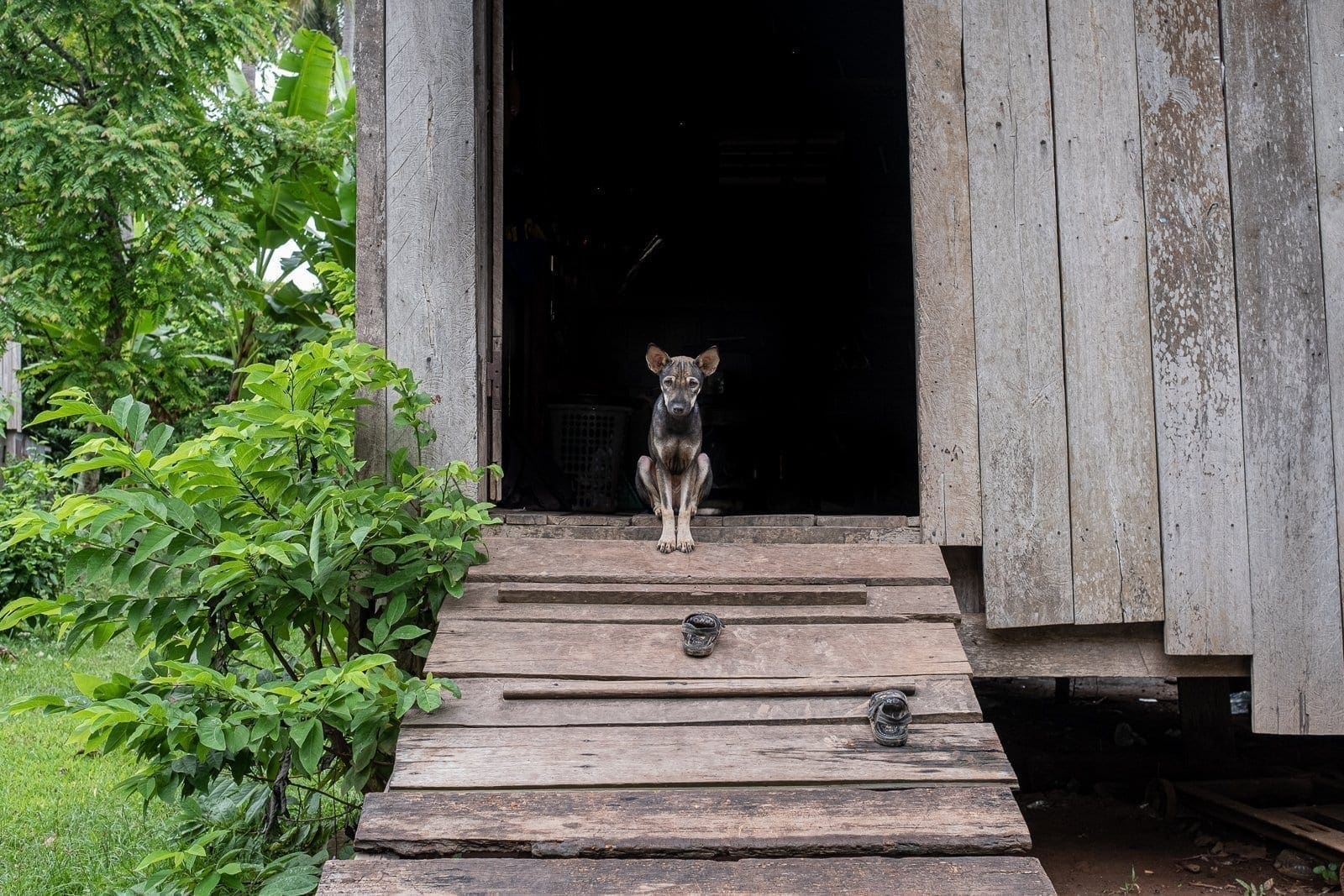Cambodia Journals | Kaoh Trong, 30/31 August 2019
Many legends run through this country and all of Indochina. Many are the product of the most popular imagination, certainly not devoid of charm and romance, such as, for example, the one that tells of the origin of Cambodia as a wedding dowry from a land that emerged from the swamps:
Once upon a time there was a beautiful princess … daughter of a dragon-king who ruled over a wet and swampy land. One day the princess saw a boat and went to meet him in her rowing boat to welcome him.
From the boat, Kaundinya, an Indian Brahmin, saw her and, struck by such beauty, shot an arrow with his magic bow. The arrow hit the princess’ boat, forcing her to accept his marriage proposal. Her father drank all the waters and offered as dowry the drained land to Kaundinya to reign over it.
The new kingdom was named Kambuja.
It is not known whether this legend is a figment of popular imagination, or originated as a fable to be told to children, or drawn from some truth albeit lost in the time of the ages.
But it must be said – for the record – that similar legends are also reported to have originated in other places or islands a bit around the world, even in Europe, which precisely makes the latter version closer to a fable.
What is certain, however, is the great variety of Southeast Asian folk beliefs and how varied and different the names can be in meaning depending on who you talk to or ask for explanations.
Kaoh Trong, the island of a thousand meanings
Opposite the town of Kratìe, also called by its Khmer name Krong Kracheh, in the middle of the Mekong, a sandbank of about 10 km has formed the island of Kaoh Trong over the centuries.
During the conflict with Vietnam, Kratìe was the scene of very bloody battles for control of the territory even though the island was never ‘conquered’ but, on the contrary, remained a breeding ground for many Khmers.
It is for this reason that the island’s name, Kaoh Trong, is often also translated as Island of (sand) cages, both to indicate its origin and also as a reference to the easy defensibility of its coastline, which is surrounded by wide sandbars.
Another translation of its name, perhaps the most romantic, is the Island of Kings which refers to the splendour of the Khmer empire that lasted for six centuries, although in reality this definition is not much confirmed by the local population.
Talking to locals, it seems instead that, quite simply, the name of the island means Island of the Pomelo, in reference to the large quantity of these citrus fruits-the oldest citrus fruits cultivated by man-and the lush trees on the grounds of almost every house or along the only road on the island.
Kaoh Trong, the Island of Kings or Pomelo, depending on the degree of romanticism one aspires to when talking about the island, is today an extraordinary territory rich in land cultivated with rice, banana trees, pomelo trees, pastures for the (little) cattle, several dogs equal to the number of families on the island, two ancient Pagodas with a group of very young monks, a protected area for flying foxes and a programme to safeguard the land and fresh waters of the Mekong.

On the south-western side of the island, a few metres from the coast is a floating village where 76 Vietnamese families live, with their dialect, customs and traditions. They are not allowed to settle on the island’s land following the great rivalry during the terrible Indo-Chinese conflict of the last century. But despite this ban that forces them into a life on the water, some of them are employed in some of the island’s livelihood activities.
Kaoh Trong may not be the Island of Kings, but it is certainly a place that once seen was very hard to leave. A green and gentle little paradise.


